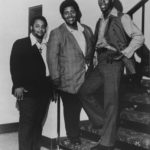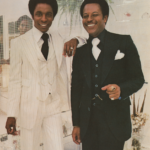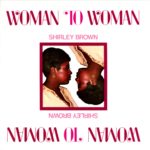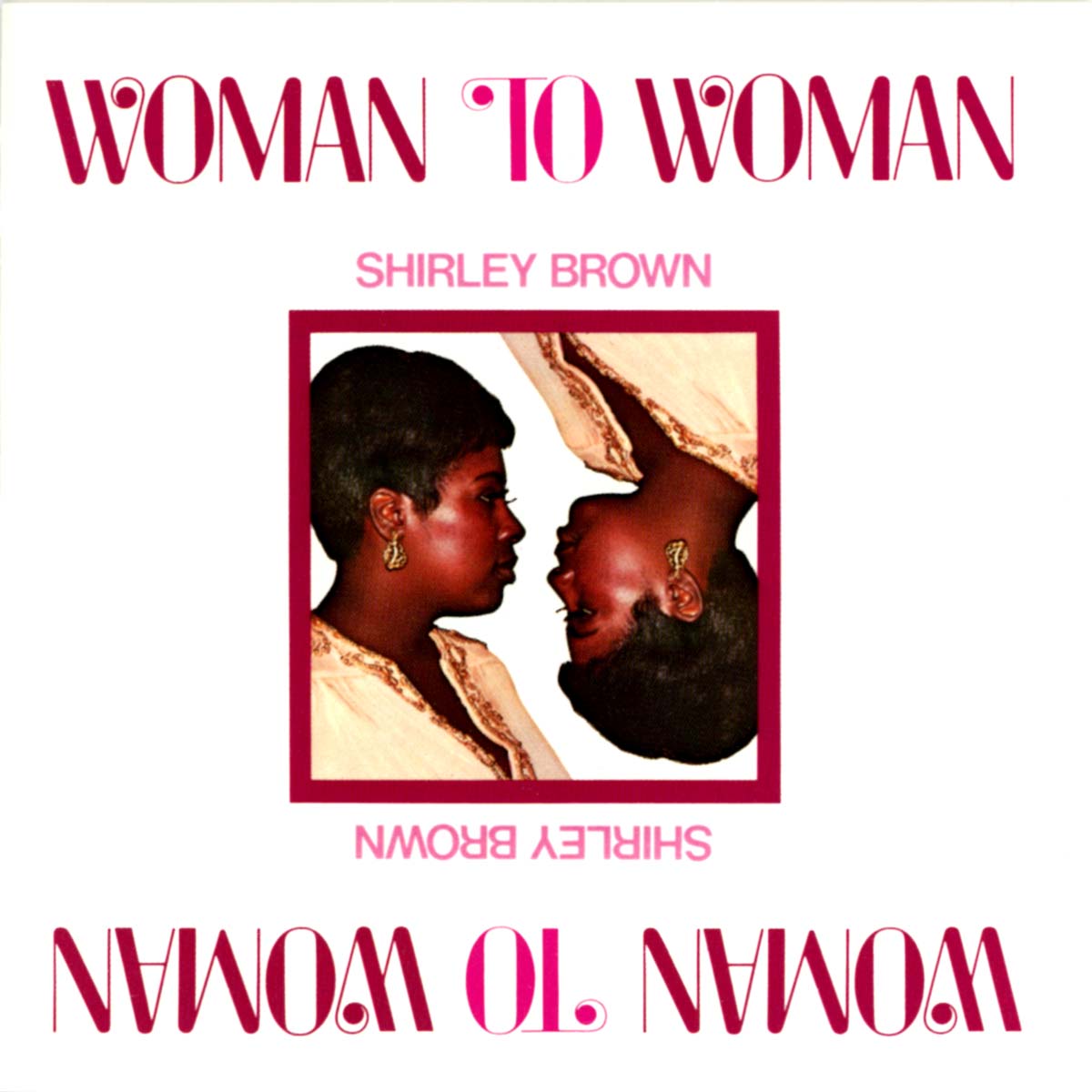Stax Songwriter Series
Eddie Marion, James Banks, and Henderson Thigpen
In the final days of Stax Records’ waning dominance in the music marketplace, a final flicker of the company’s sonic and lyrical innovation climbed the charts as the label faded.
1974’s “Woman to Woman,” performed by newcomer Shirley Brown, reached number one on the Billboard R&B charts, where it remained for two weeks, and peaked at number 22 on the pop chart. The feat cemented the song as Stax’s last major chart success before the label’s closing, though the single was released on the short-lived Truth Records imprint.
The songwriters responsible for the hit, Eddie Marion, James Banks, and Henderson Thigpen, had been waiting, wishing they could become the next star-writing stable on staff at the Stax offices.
“Jim [Stewart] always believed, if you ever had a hit record, there was another one in you,” Henderson Thigpen told Rhodes College researchers in a 2017 interview. “So, only God knows what would’ve happened had [Stax Records] stayed open until 1978. We probably would’ve been really on fire then.”
In fact, the trio enjoyed success with the label following the original shuttering of its doors and the acquisition of its assets by Fantasy Records. Specifically, in 1978, Fantasy Records’ relaunched version of Stax Records released previously unheard material by the Bar-Kays, who had since moved on to Mercury Records, on the LP Money Talks. The album’s lead single, “Holy Ghost,” written by Banks, Thigpen, and Marion, proved the songwriting team’s ability to forecast the funk of the later 1970s, as the formerly discarded recording reached number 9 on the Billboard R&B charts, after spending a handful years on the shelf.
Of the three songwriters, Henderson Thigpen, raised on a farm in rural North Mississippi, where he continues to grow crops today, is perhaps the longest tenured in his association with Stax Records. He made the journey to Memphis in 1964 to decide what to do with his knack for poetry and storytelling. Accompanied by an uncle, he strolled into Black-owned radio station WLOK, where the staff suggested the young man find his way to Stax Records. There, the 16-year-old made the acquaintance of Estelle Axton, David Porter, and Deanie Parker. Parker co-wrote Thigpen’s earliest placement on the label, “It’s Catching” by Mable John, in 1966. During his earliest days at Stax, Thigpen made weekly trips to Memphis, whenever he completed his farm work, before eventually moving to Memphis to find employment at a trucking line.
While working to hone his writing craft Thigpen sought the advice of Homer Banks, who worked alongside Stax heavy-hitters to craft such hit singles as “If You’re Ready (Come Go With Me)” by the Staple Singers and “Who’s Making Love” by Johnnie Taylor. Banks introduced Thigpen to his twin brother, James Banks, another aspiring songwriter looking to replicate songwriting success within the Stax system. Together, they enlisted the help of Eddie Marion, an engineer in Stax’s demo studio, who granted James Banks and Thigpen regular access to Stax facilities, although they were not staff writers.
In an era in which Stax’s output began to outgrow the bandwidth of its South Memphis studio, the company geared up for a trip to Muscle Shoals in support of the Staple Singers. Producers and songwriters followed in tow. Banks, Thigpen, and Marion received no invitation but still decided to make the trip, shopping a collection of demos to Al Bell and the group of Stax staffers upon their arrival. None of their material landed with the Staple Singers, but the Bar-Kays producer Allen Jones made a bid on two singles, “It Ain’t Easy” and “You’re Still My Brother,” which both appeared on the group’s 1972 release “Do You See What I See?” In the same year, Thigpen, Banks, and Marion scored a regional hit on the Soul Children with “Don’t Take My Kindness for Weakness,” an anthem anchored by a confrontational chorus and a tinkering gospel-inspired organ riff.
The songwriting team made two contributions to Inez Foxx’s debut Stax LP Inez Foxx at Memphis in the form of album opener “There’s a Hand That’s Reaching Out” and “You Don’t Want My Love (All You Want Is My Loving).”
Hoping to continue their working relationship, Thigpen pitched a song to Foxx that evolved from a conversation he’d overheard while listening to his wife on the phone detailing two women hashing out their love for the same man. James Banks posed the idea to begin the song with a spoken monologue that realistically mirrored a phone call. Though the men relayed a demo version of the track to Foxx’s producer, Randy Stewart, Foxx balked at the song’s spoken-word elements, suggesting it might be better suited for Isaac Hayes. However, Booker T. & The MG’s drummer Al Jackson, Jr. picked up the demo while in a session with Shirley Brown, after blues guitarist and Stax luminary Albert King brought her in to record.
The song lives on as Brown’s seminal hit and a longstanding cultural sensation, revered for flipping the ballad on its head. In 1978, Barbara Mandrell successfully crossed the song over to the country charts, peaking at number 4. The hip-hop generation embraced the song in 1994, when Death Row Records singer Jewell covered the song for inclusion on Snoop Doggy Dogg’s Murder Was the Case film soundtrack. A video produced for the cover version starred Academy Award®-winning actress Regina King. Jewell’s cover peaked at number 16 on the Billboard R&B charts.
Today, the song continues to live on in the realm of social media, where it is regularly referenced and spoofed in memes, often utilized to address tough conversations between two parties, in the spirit of the original song’s cheeky message about a fallout caused by infidelity.
The Songwriters Series ARCHIVE

Frederick Knight

Rance Allen

The Mad Lads

Carl Hampton and Homer Banks

Eddie Floyd and Al Bell

William Bell and Booker T. Jones

Eddie Marion, James Banks, and Henderson Thigpen

We Three (Bettye Crutcher, Raymond Jackson & Homer Banks)

Eddie Floyd and Steve Cropper

Booker T & the M.G.’s

Steve Cropper and Otis Redding



